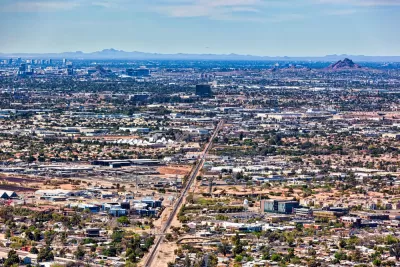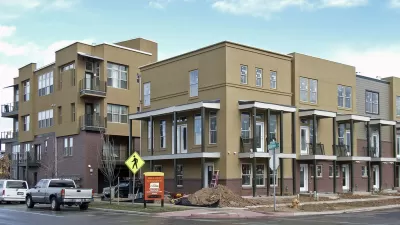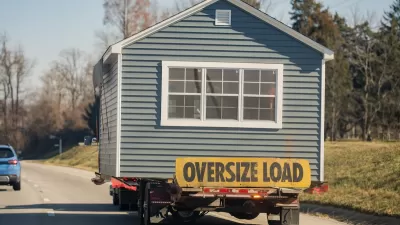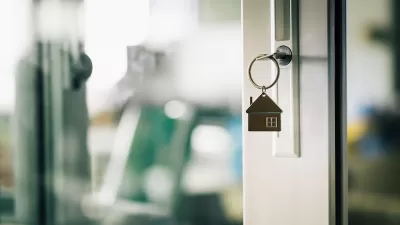Redlined for decades, south Phoenix is experiencing a resurgence that could push local residents even farther out as housing costs spike.

“Housing discrimination, including disastrous government-supported redlining is hurting south Phoenix neighborhoods more than 50 years after it was struck down as illegal and predatory,” write Catherine Reagor and Megan Taros.
According to the authors, south Phoenix neighborhoods redlined by federal government maps in the 1930s continue to see low homeownership rates among Black and Latino residents. “And by keeping the area’s residents from getting mortgages to buy homes for so long, the discriminatory policies kept many families from building the home equity that translates to savings and wealth.”
Now, the area is “seeing some of the biggest jumps in rents and home prices in the Valley,” making it impossible for low-income residents to afford homeownership there now. Like other urban communities around the country, south Phoenix also suffered the effects of freeway construction and a new airport that broke up neighborhoods and reduced mobility for local residents.
A report from ASU’s Morrison Institute for Public Policy documents the lasting effects of discriminatory policies. “Although some policies have tried to reverse these practices and racial integration has drastically increased, the past still weighs on the present housing landscape of Arizona, the report found.”
The source article details the findings of the report, including statistics and maps that show the correlation between historically redlined areas and current homeownership trends, as well as current efforts on the part of grassroots organizations and policymakers to reverse the effects of historically racist policies, even as property values in south Phoenix rise sharply.
FULL STORY: Institutionalized racism of the past': Discriminatory housing practices resound in south Phoenix today

Study: Maui’s Plan to Convert Vacation Rentals to Long-Term Housing Could Cause Nearly $1 Billion Economic Loss
The plan would reduce visitor accommodation by 25,% resulting in 1,900 jobs lost.

North Texas Transit Leaders Tout Benefits of TOD for Growing Region
At a summit focused on transit-oriented development, policymakers discussed how North Texas’ expanded light rail system can serve as a tool for economic growth.

Using Old Oil and Gas Wells for Green Energy Storage
Penn State researchers have found that repurposing abandoned oil and gas wells for geothermal-assisted compressed-air energy storage can boost efficiency, reduce environmental risks, and support clean energy and job transitions.

Private Donations Propel Early Restoration of Palisades Playground
Los Angeles has secured over $1.3 million in private funding to restore the Pacific Palisades playground months ahead of schedule, creating a modern, accessible space that supports community healing after recent wildfires.

From Blight to Benefit: Early Results From California’s Equitable Cleanup Program
The Equitable Community Revitalization Grant (ECRG) program is reshaping brownfield redevelopment by prioritizing projects in low-income and environmental justice communities, emphasizing equity, transparency, and community benefits.

Planting Relief: Tackling Las Vegas Heat One Tree at a Time
Nevada Plants, a Las Vegas-based nonprofit, is combating the city’s extreme urban heat by giving away trees to residents in underserved neighborhoods, promoting shade, sustainability, and community health.
Urban Design for Planners 1: Software Tools
This six-course series explores essential urban design concepts using open source software and equips planners with the tools they need to participate fully in the urban design process.
Planning for Universal Design
Learn the tools for implementing Universal Design in planning regulations.
Ascent Environmental
Borough of Carlisle
Institute for Housing and Urban Development Studies (IHS)
City of Grandview
Harvard GSD Executive Education
Toledo-Lucas County Plan Commissions
Salt Lake City
NYU Wagner Graduate School of Public Service





























